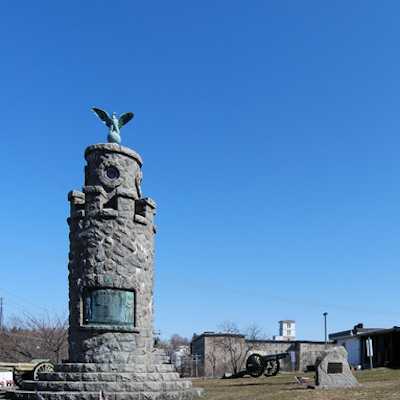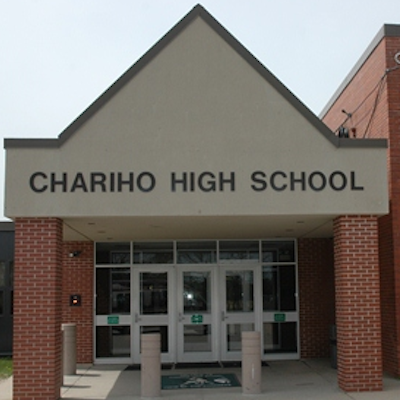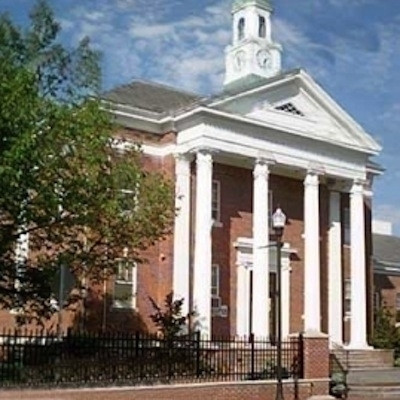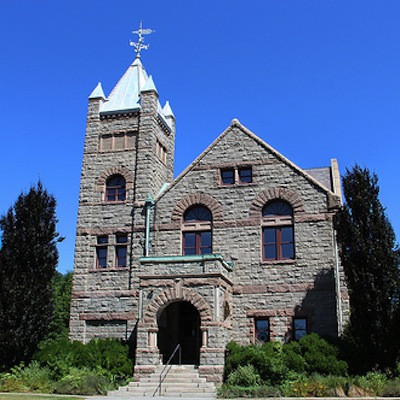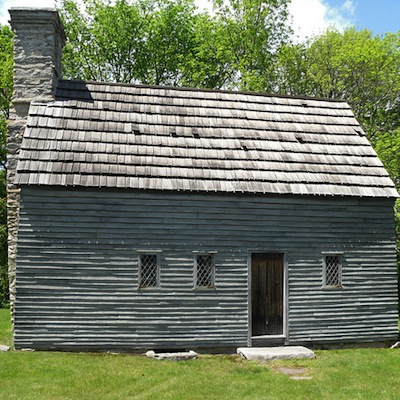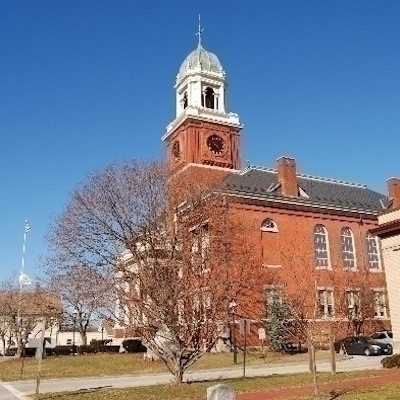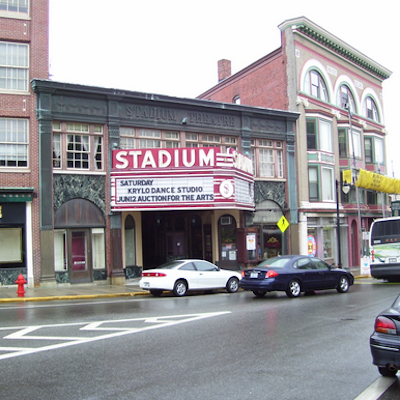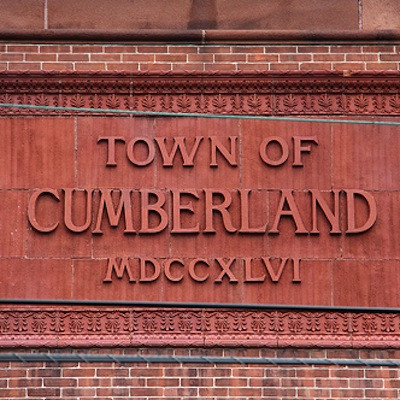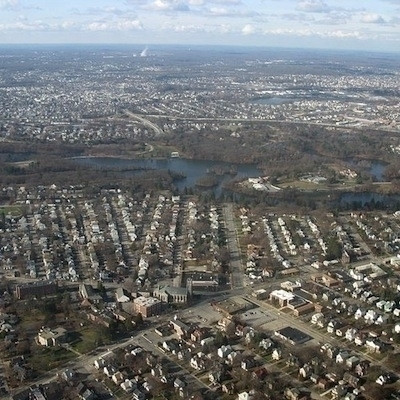Guest MINDSETTER ™ Berwick: The Charter School Problem
Sunday, August 23, 2015
Charter schools were designed to be educational laboratories where new teaching methods and new school policies are tested and improved. Charter schools are not governed by school committees, union regulations or elected public officials. Charter school administrators and teachers are in control and parents and students are grateful that they have been chosen to a part of each charter school. Everyone in each charter school is highly motivated, highly productive and well behaved. They make up a dedicated homogenous group.
Charter schools are successful because they are small and administrators can monitor the daily lessons that are taught. In addition, charter schools can innovate whenever necessary, can control curriculum content, can have a longer school day and a longer school year, can pay their teachers more and can provide better working conditions for administrators, teachers and students. Parental and community involvement is high and charter school teachers and students are very motivated.
Charter schools were never meant to be an alternative competitive public school system within several local community public school systems. This competition has led to disunity and distrust among community leaders. The diverse populations in each neighborhood make it very difficult for neighborhood public schools to compete with the homogenous team efforts provided by charter schools. Charter school students are well behaved, highly motivated and extremely dedicated to the educational process.The presence of charter schools in local neighborhoods has led to the loss of cohesion and dedication among neighborhood community leaders. It is hard for these leaders to understand why the underprivileged children in these charter schools are achieving at such a high level.
GET THE LATEST BREAKING NEWS HERE -- SIGN UP FOR GOLOCAL FREE DAILY EBLASTTo save neighborhood public schools and reunify community leaders in each neighborhood, the “School-Within-a-School-Concept” should be employed in each public school with more than 350 students. If a school has 600 students, it would be divided up into two separate schools with 300 students in each school. In each school, administrators, faculty members, parents, non-instructional staff members and students would have an opportunity to get to know and trust one another. In a short period of time, almost everyone would begin acting like a family where most members care about and want to help each other. Early childhood students will feel secure knowing that their older brothers, sisters and neighborhood friends will always be nearby. A social commitment would develop where everyone involved would begin working together to make each school a successful community. Because these schools would be small, curriculums designed to meet the cultural diverse needs of at risk student populations could be developed. Administrators, teachers and students, in these small schools, could use the team approach to implement curriculum goals and create group portfolios to represent their achievements. In a team, every member works very hard to make sure the team achieves its goals. These small schools would be the equivalent of well run charter schools. Administrators and teachers using the team approach in small school settings to achieve curriculum goals is the key to making every neighborhood public school the equivalent of a well run charter school. In a few years, neighborhood political leaders, union leaders, educational leaders and religious leaders would begin working together to make each neighborhood a better place to live, work and pray. In today’s complex and troubled world, providing opportunities for interfaith relationships is becoming very important.
When the “School-Within-a-School-Concept” is fully established in each community, the need for innovative charter schools would be greatly reduced and most of the children served by these charter schools would return to their neighborhood public schools. Many charter schools could become private schools and be treated the same way that secular private schools and religious private schools are treated.
Kenneth Berwick of Smithfield, RI Served three years in the United States Marine Corps from 1954-1957. Berwick is a retired teacher with a BA from RIC in 1960 and a Masters from Syracuse in 1969.
Related Slideshow: Charter School Costs to School Districts
The below data show one of the biggest areas of funding losses to charter schools: special education. The gap is demonstrated by comparing per pupil costs for special education for the district and charter schools. Despite having far lower costs, districts must pay tuition to charters as if their costs were the same, resulting in a potential overpayment to the charter and a loss of much-needed funding in the district. Those losses—due to special education alone, not other factors—are listed at the bottom of each slide. Only those districts that lost $50,000 or more are listed. Districts are listed in order of least to greatest losses. Financial data are from the report of the Rhode Island House of Representatives’ Special Commission to Study and Assess Rhode Island’s ‘Fair Funding Formula,’ released May 18. Attendance figures are from the Rhode Island Department of Education. All data are for fiscal year 2014.
NOTE: Total actual district losses displayed below are based on the difference for per-pupil special education cost for each charter school to which the district sent students. The average for all charters is shown here for illustrative purposes. Due to limited space, the averages for each charter that each district is sending students to are not shown. The total actual district losses were calculated as follows: The difference between each district’s per-pupil cost and each one of the charters to which it sent students was calculated. The difference was then multiplied by the number of students the district sent to that charter to calculate how much was being lost to each charter. The loss each district experienced for each charter was then added up to get the total amount that district was losing overall to charters.
Related Articles
- NEW: Online Charter School Opening in RI
- NEW: Brown University to Partner with Prominent Charter School Organization
- Public or Private: Charter Schools Can’t Have It Both Ways
- RI Charter Schools See Huge Increase in Applications
- LISTEN: The Highest Lowest Performing Charter Schools in RI
- Julia Steiny: Can Charter Schools Save Providence?
- NEW: Supporters to Rally Against Charter School Closure
- NEW: Charter School Lotteries Take Place in March
- Julia Steiny: Top Charter School Responds to Needs of Business
- Julia Steiny: A Charter School That Educates ALL Kids
- Commissioner Gist Recommends Closure of Failing Providence Charter School
- The Top Charter Schools in Rhode Island
- The Highest + Lowest Performing Charter Schools in RI
- RI School Districts Lose Millions to Charter Schools
- GoLocalTV: Charter Schools Rally at RI State House for Public School Choice
- State Budget Passed, Charter School Bill Approved: This Week at the State House
- Districts Take Charter School to Court - See the Charges
- Public or Private: Are RI Charter Schools Trying to Have it Both Ways?
- Minimum Wage Increase Improved, Charter School Bill Passed: This Week at the State House
- NEW: RI League of Charter Schools’ Nardelli to Retire, Groves Named Successor
- Guest MINDSETTER ™ Berwick: Solving Problems Using Public and Private Relationships
- Guest MINDSETTER ™ Berwick: How to Legalize Marijuana in RI
- Guest MINDSETTER ™ Berwick: Looking Back at Nixon’s Resignation 41 Years Ago
- Guest MINDSETTER ™ Berwick: Repairing and Replacing RI’s Structurally Deficient Bridges
- Guest MINDSETTER ™ Berwick: The Best Deal for RI Taxpayers is to Keep PawSox in Pawtucket
- Guest MINDSETTER ™ Berwick: A Healthcare Reform Plan That Works For Everyone




